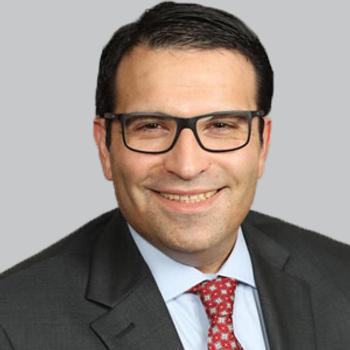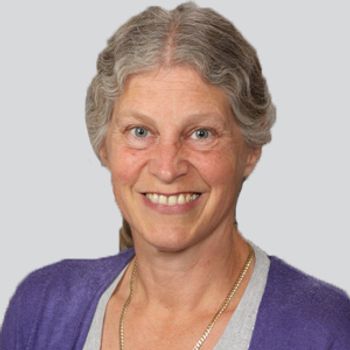
Real-World Study Suggests Benefits of Cladribine for Older Patients With Multiple Sclerosis Transitioning Off Therapy
Florida-based neurologist Donal Negroski, MD, presents data from an aging MS patient population looking for treatment options under Medicare.
A therapy with an intermittent dosing schedule and a finite course may be an option for older patients with multiple sclerosis (MS) as an “exit strategy” to transition off of disease-modifying therapy (DMT). The MS community is confronting the question of how to treat the aging patient population, with a higher proportion of patients in this age group and
Florida-based neurologist Donald Negroski, MD, from the MS Center of Saratoga, designed a real-world study looking at the efficacy and safety of cladribine as a potential “last MS drug” in his patients who are over age 50. The research was presented at the CMSC’s poster session, where Negroski told the Daily Digest that he is still prescribing DMT for many patients who are in their 50s and beyond—and even a few who are 75.
His rationale is based in part on the findings of the “Discontinuation of Disease Modifying Therapies (DMTs) in Multiple Sclerosis” (
Real-world study design compared patients under and over age 50
Negroski enrolled 75 patients to switch from their current DMT to cladribine and compared the results from the under-50 age group (n=35) and those over age 50 (n=40). The mean age in the overall study population was 51.7 years (80% female). In the 50-plus group, the mean age was 60.5 and the oldest participant was 74 years of age. As expected, baseline annualized relapse rate (ARR) was higher in the younger group (0.89 vs 0.46). Negroski’s patients were taking a variety of other DMTs prior to enrollment in the study (eg, 12 on natalizumab, 13 on ocrelizumab, 15 on teriflunomide, and 12 on an oral fumarate). The over-50 group were veterans of the therapeutic switch, with 25% reporting that they had used three previous DMTs and 30% using 2 prior drugs.
Safety and efficacy found comparable in the under 50 and over 50 cohorts
The study followed the recommended cladribine course of four 4- to 5-day courses over 2 years, with no additional treatment in years 3 and 4. The author reported that the treatment was well tolerated, showed no new safety signals, and displayed durable efficacy beyond the 2-year treatment course. ARR dropped to 0.21 and 0.08 respectively for the younger and older cohorts. Lymphopenia is an expected effect of cladribine treatment due to its depletion of CD19 and CD20 B cells as well as some T-cell types, but Negroski reported that lymphocyte recovery toward the lower limit of normal occurred over the following years (one patients had grade 4 lymphopenia).
“The side effect profile we observed was consistent with that of the controlled clinical trials,” he said, “even in an aging patient population where comorbid conditions and immunosenescence may be increased.”
Influence of Medicare and other payer plans in MS DMT selection
A key reason for considering this option for older adults is financial, Negroski said. As a patient transitions to Medicare or another government-sponsored program, they can no longer receive copayment assistance from a manufacturer, and may find themselves hit with a large copay burden. The “treat-and-done” nature of this course is therefore preferable to chronic therapy. In this study, two patients in the over-50 age group elected to start on a different therapy (natalizumab) during follow-up, while the remainder have remained off treatment. For patients who decide to stop DMT, Negroski says, he follows them more closely to monitor for possible breakthrough disease.
Newsletter
Keep your finger on the pulse of neurology—subscribe to NeurologyLive for expert interviews, new data, and breakthrough treatment updates.


































